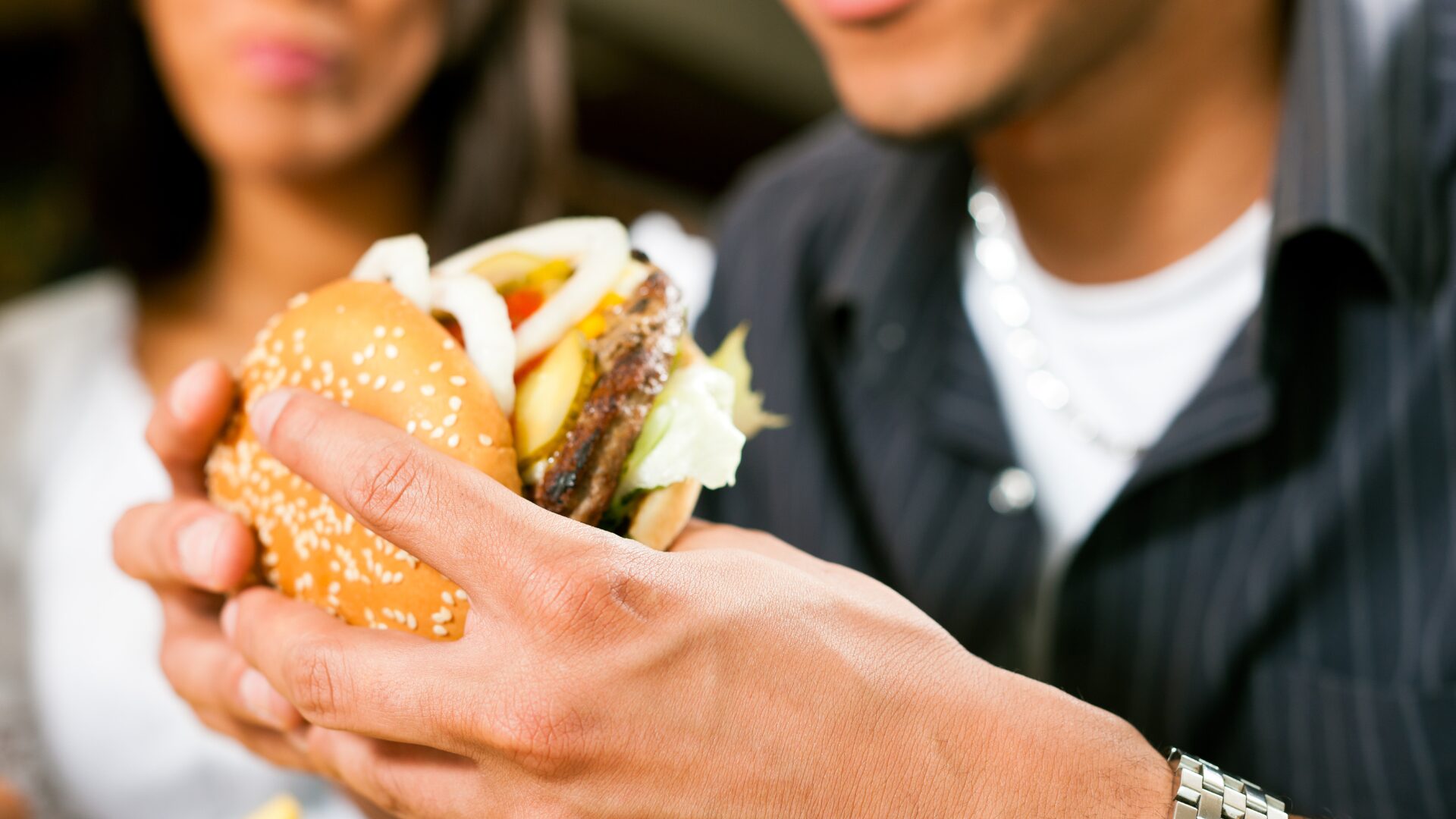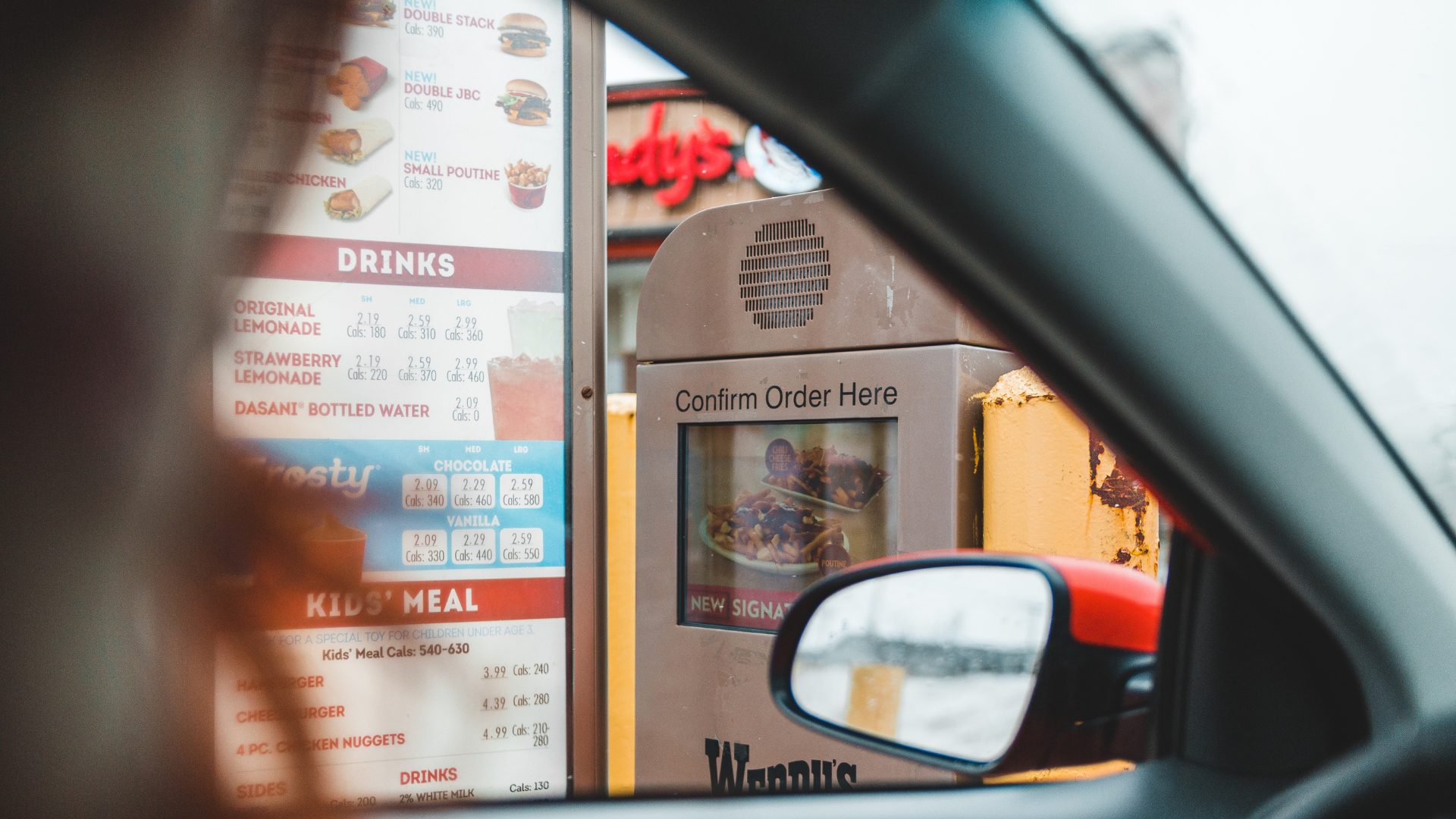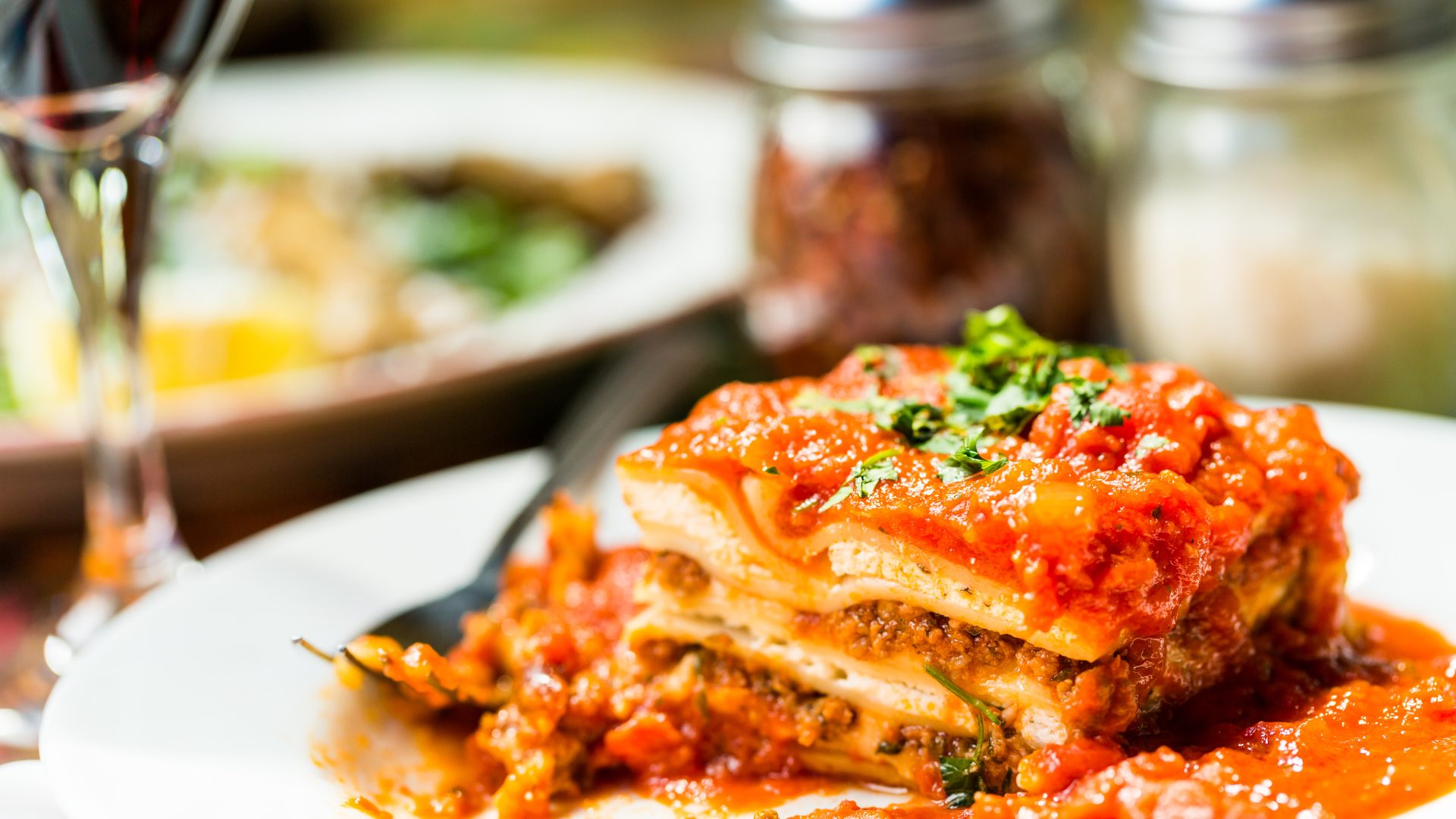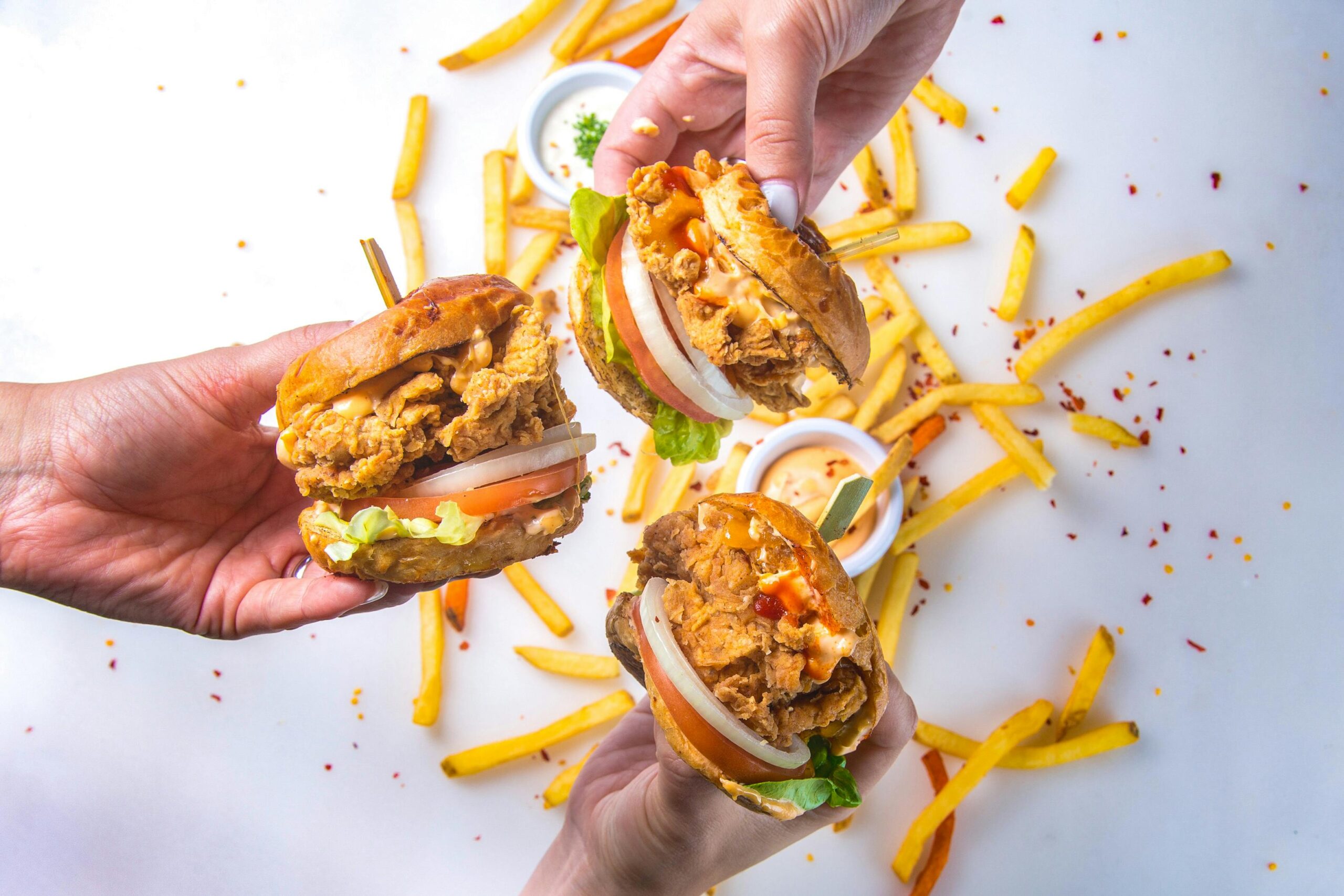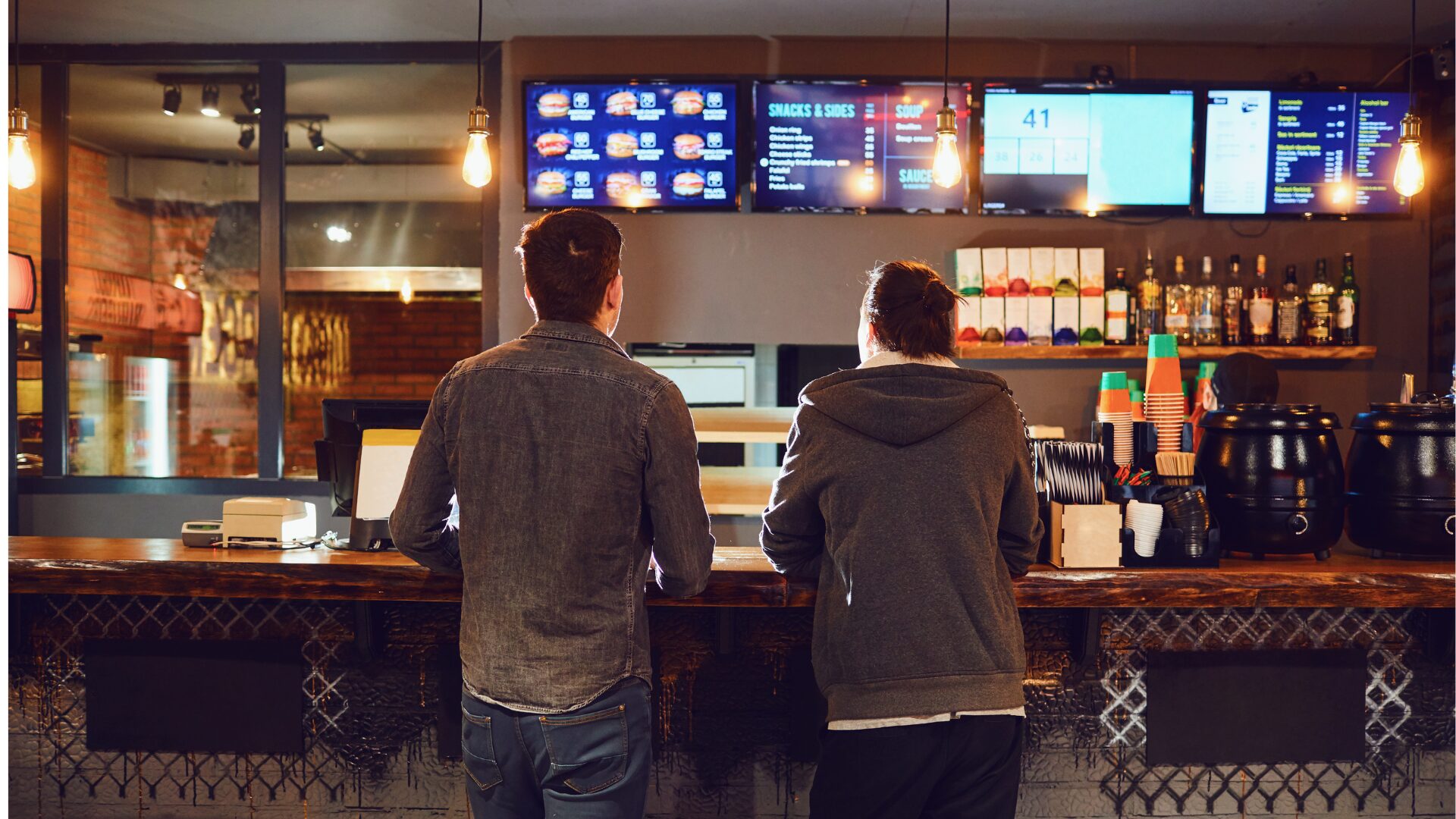The other day, I took my son to Five Guys and he got a cheeseburger, fries, and a milkshake. It was almost $20 … yet there was a line all the way to the door. So, it seems like the tide has risen for everybody.
Right now, everybody’s grappling with the same food prices.
As a restaurant operator, you must be profitable despite rising food prices. The whole reason anyone got in this business was to make money – and to hopefully become wealthy. We love feeding people, but it’s no fun if you’re losing money. So, you have to raise your menu prices at times like this.
Any publicly traded restaurant CFO would tell you that you should raise your prices 5% every year anyway, just to stay ahead. And then, last year, considering the high inflation, you probably needed to move prices up 10 points.
Guess what? There are ways to make price increases palatable to restaurant customers. Here’s how:
Consider Suggestive Selling
When I first started working with Five Guys years ago, I asked employees what percentage of people typically order fries and soda in addition to their burgers. They claimed most customers did. But then we actually stood there and counted, and it was a surprisingly low number.
So, we started to use suggestive selling, where you asked customers “What size fry?” And, “What size Coke?” And, all of a sudden, more customers ordered fries and Cokes.
The margin on fries and soda are better than ground beef. So, using the suggestive selling technique helps drive gross profit despite food prices.
Utilize Menu Engineering
Another valuable tactic involves operators “engineering” their menu around more profitable items. So, if the cost of chicken goes nuts, market something else. It could be a side item, or it could be drinks.
Menu engineering is important. There are many engineering consultants that are great at figuring out how to strategically work it out; every quarter you bump certain sections of the menu up, so prices increase but it’s not shocking to customers. You have to stay out in front of it.
Ask yourself, “What else can I sell that’s more profitable?”
Zero in on Your Target Customer
I don’t mean to pick on Chili’s – I want everyone in the restaurant industry to make a lot of money. I’ve gotta say, though, Chili’s has a $10.99 value meal right now where customers get a beverage, appetizer, and entrée. Frankly, that’s the worst idea because, in that scenario, the restaurant is trying to attract customers with a loss leader.
Someone in that chain’s marketing department apparently said “Offer this value meal and we’ll make it up in the long run, by selling additional items like alcohol.” But what you’re really doing is conditioning your customers to only visit your restaurant for low-price items.
When chains come up with these ridiculously low-priced value meals it’s simply not sustainable. It’s misguided. Chains like Chili’s should be going after the premium customer – it’s way more profitable.
Words for the Road amid High Food Prices
Remember, in 2024 every restaurant is raising their prices. Look at Chipotle: they’ve raised menu prices four times recently, yet their customer count increases and their overall sales increase. People keep going to Chipotle because it’s good and it’s consistent.
If customers only go to your restaurant because you’re the cheapest one on the block, that’s a pretty thin business premise.
I hear restaurant operators say “I can’t raise prices because it’ll freak out my customers.” But I always say the value is in the plate, not the price.
Some burgers are 99 cents, but some are $30 and people pay that – because they perceive that the $30 burger is worth it.
Editor’s note: Dan Rowe is the CEO of Fransmart, a leader in franchise development. He’s focused on growing concepts into major franchise brands. Under Rowe’s leadership, Fransmart developed a portfolio of brands including Five Guys Burgers & Fries, QDOBA, and more.
The Food Institute Podcast
It’s been a rough four years for the modern grocery consumer – first, the pandemic shifted many consumer habits and subsequent inflation challenged their budgets. Alex Trott, director of insights with 84.51°, helps break down current pain points and opportunities that consumers are facing, including increased anxiety, stretched finances, and a need for omnichannel solutions.


